
If you ask a novice investor to point out a “risky” stock, he will point to a stock which is hitting 52-week lows e.g. realty stocks. If you ask him to point out a “safe” stock, he will point to a stock hitting 52-week highs such as Page Industries, Eicher Motors etc.
The situation is that the novice investor equates “risk” and “safety” with the way that the stock price is moving. Also, novice investors equate price with quality. They believe that a high-priced stock is a quality stock while a low-priced stock is a junkyard stock.
Howard Marks, one of the foremost authorities on value investing, has sought to clear this misconception.
In his latest memo titled “It’s not easy”, Howard Marks explains that investment risk resides most where it is least perceived, and vice versa. He points out that when everyone believes something is risky, their unwillingness to buy usually reduces its price to the point where it’s not risky at all. All optimism is driven out of the price. In contrast, when everyone believes something embodies no risk, they usually bid it up to the point where it’s enormously risky. As no risk is feared, there is no “risk premium” attached to the stock and this makes it very risky.
Howard Marks emphasizes that most investors make the mistake of regarding “quality”, as opposed to “price”, as the determinant of whether something is “safe” or “risky”. Thereby, a top-quality stock quoting at an exorbitant valuation is still deemed to be “safe” while a low-quality stock quoting at rock-bottom valuations is still deemed to be risky. But high-quality assets can be risky, and low-quality assets can be safe. It’s just a matter of the price paid for them, Howard says.
Howard Marks also points out that novice investors fail to distinguish between “fundamental risk” and “investment risk”. While a quality stock may have no “fundamental risk” it may have an “investment risk” owing to its high valuations. On the other hand, a stock with poor fundamentals may have no investment risk because all the risk may already be priced in.
“The bottom line is simple: the riskiest thing in the world is the widespread belief that there’s no risk. That’s what most people believed in 2006-07, and that belief abetted the careless behavior that brought on the Great Financial Crisis. Only an understanding that risk was high could have discouraged that behavior and rendered the world safe. I call this “the perversity of risk” Marks says.
Now, the all-important question is whether we can apply this wisdom to real-life stock buying. The answer is that the bombed out realty sector is a text-book example of what Howard Marks is talking about. The sector is so much in the doldrums and the stocks are so lowly priced that there is virtually no “investment risk” attached to them. So, an investor buying realty stocks now and waiting patiently for the tide to turn is not exposed to much investment risk. On the other hand, he stands to make bumper gains when the tide turns and realty stocks go back into demand. This is the advice we have received from Ramesh Damani, Porinju Veliyath and Nilesh Shah.
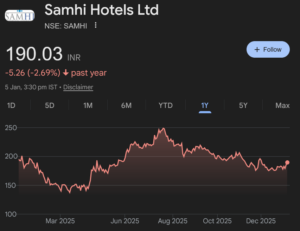
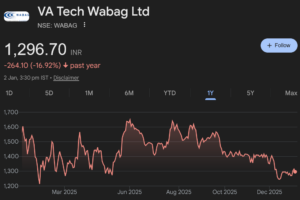
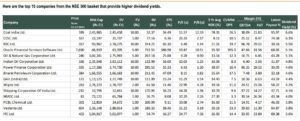
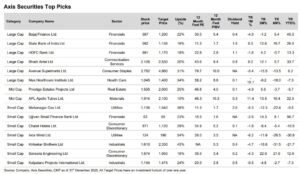
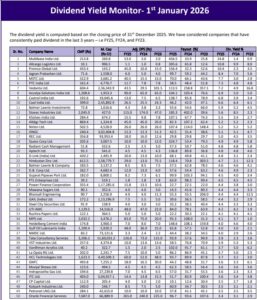
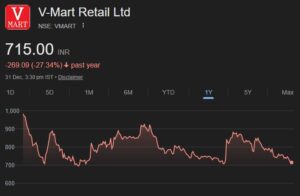
We can look into glass half empty or half full.If you are a trader or short term invester below 3 years,then Howard Marks suits you more.But if you are for long term 5 years or more then to follow this may not be wise.Suppose if you are a long term systemetcic investment type of buyer and you buy qualty stock at higher price to start with and stock corrects ,you have good case of averaging due to your further systemetcic type investing and your every following purchase is more and more perfect and wise decision .Rather you can increase your bets without thinking twice. So you can average down your purchase with certainty that in long term qualty will put stock on growth track and you can end up with smile .But if we chase lower price or poor and opaque management sector stocks.How stock goes down by 95%.First it will tank 80%,and will become value trap,and then it halves twice to go down to 95%.Who knows we are at 80% value trap or 95% dead cat bounce.What those buying at 80% will say about Howard Marks theory.How we can put Howard Marks theory if we take case study of Maruti and Hind motor Ambassador.In short term stock market is voting machine and in long term it is weighing machine.Qualty has been always at premium,it wil remain so.Just to mitigate risk of buying quality at higher price,keep your weapon of averaging by your further systemetcic investment at your disposal to dump Howard Mark theory to dust bin.But for short term beaten down duds can always outsmart qualty.But Quality will prevailBuy if you can get it cheaper even with some wait,but can not ignore for long due to higher price in indefinite wait.
I would like to add that I have recently added Tata Motors in my portfolio thinking a good qualty at beaten down rates,so may be applying Howard Mark theory unknowingly..So naturaly every theory needs stretagy skills to benefit.
Great Analysis. Hats off..
I find it difficult to agree with Howrd Marks when he says’…..a stock with poor fundamentals may have no investment risk because all the risk may already be priced in.But a stock with poor fundamentals has very low DEMAND and low demand leads to very little or no upside.Is it not investment risk. It has been experience also.
Tea & Sugar sector?
International commodity super cycle has gone.More over suger raw material prices are determined by politicians in India. Better drink tea with suger to taste and forget about suger and tea stocks.But after having a good tea better ideas will definitely come.
Why realty stocks then, why not PSU banks?
This memo seems to be contradictory to what Basant Maheshwari suggests, that one should focus on stocks which are at a 52 week high and have sustained the high level for some time. Probably the analysis might not be applicable to Indian markets where the dynamics of stock pricing are different.
Seems to be ok in theory, but in practice investors will start looking at 52 week lows and start investing, the fact a stock has gone to 52 week low means some thing is wrong or problematic with the stock